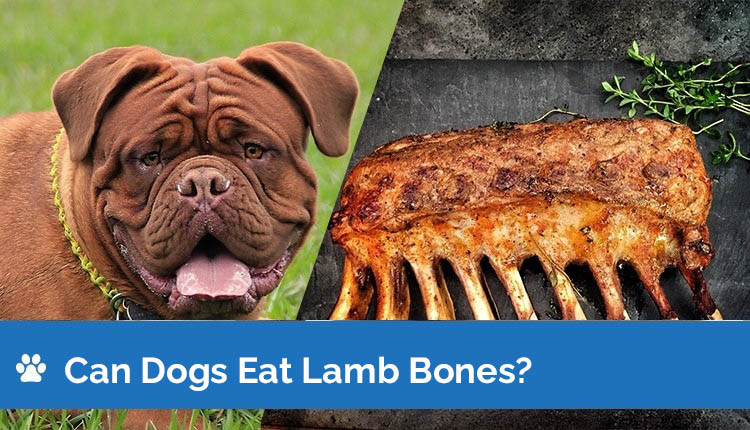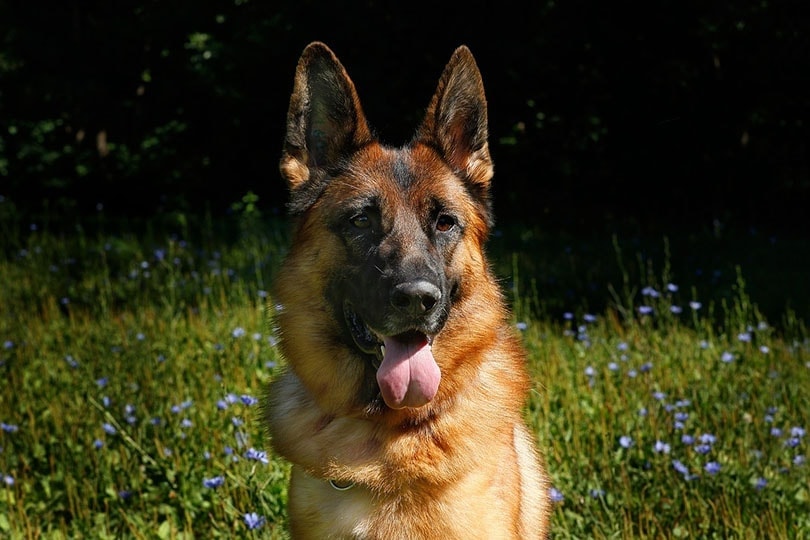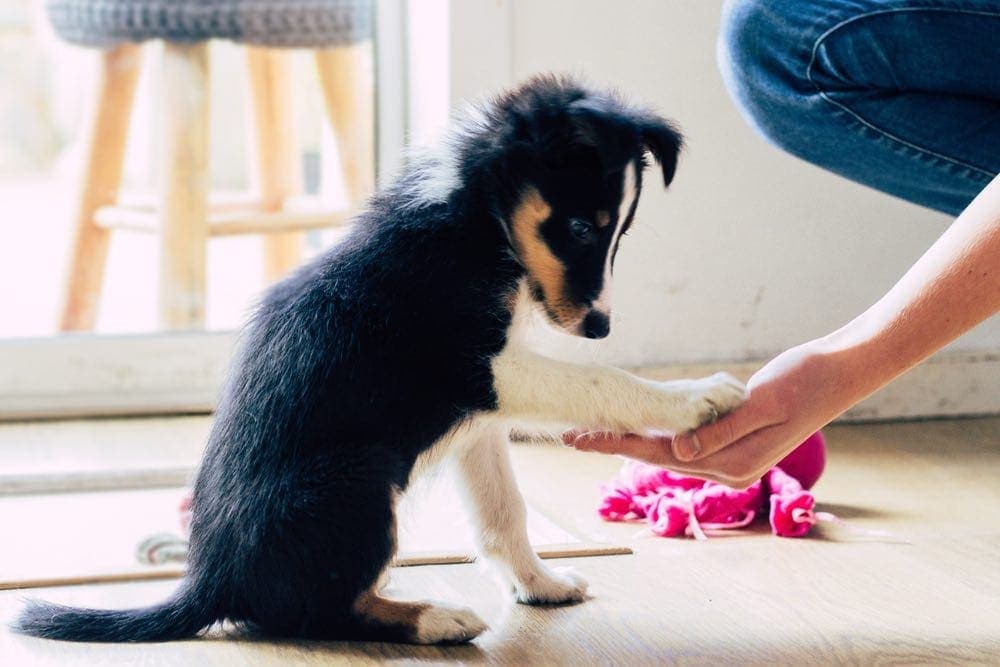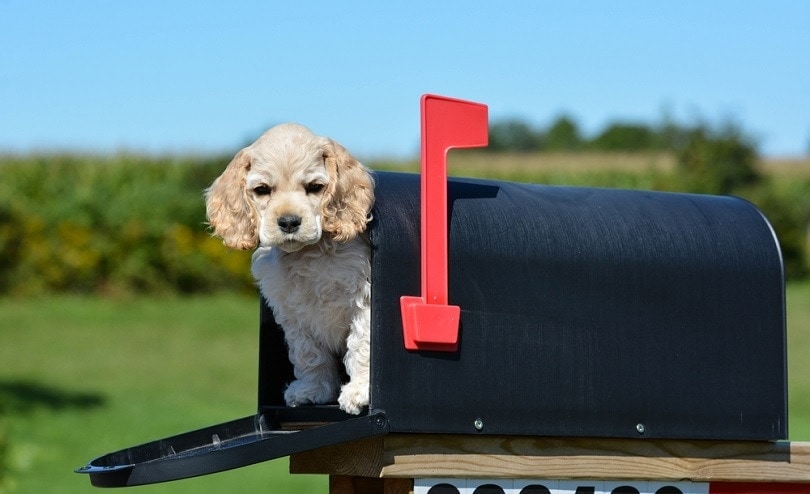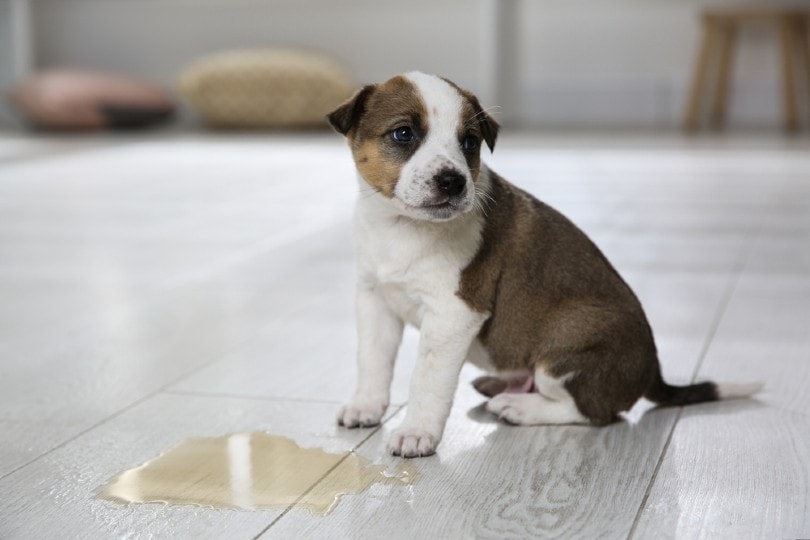The popular idea that dogs love chewing on bones is universal for a reason. Animal bones contain marrow and grease that provide dogs with much-needed fat in their diets. Dogs don’t just chew bones, either — using special teeth inherited from their wolf ancestors, they gradually grind the bones down and eat the dust.
Raw lamb bones, with most of the meat removed, are a great choice for your furry friend. That said, you can’t just finish eating your lamb chop and toss it on the floor for your dog to snatch up. There are several crucial steps to follow in order to make sure your dog enjoys its lamb bone in a safe, healthy way.
Which lamb bones are good for dogs?
First, we should be clear that we’re talking about chewable bones here, also known as recreational bones. Smaller bones, like those from a chicken, can be ground up and added to your dog’s diet as a source of extra fat.
However, this won’t work with lamb bones. If you feed your dog a lamb bone, your intent should be for them to chew on it and grind it down to dust themselves over the course of several days.

Now that that’s clear, let’s talk about the three traits of a suitable lamb bone for dogs:
- Too big to fit in your dog’s mouth. Again, a lamb bone is for chewing. If your dog can fit their whole mouth around the bone, there’s a danger they’ll swallow it and choke. Obviously, this will depend on the size of your dog. This means that lamb ribs, tailbones, and flaps are acceptable, but lamb chop bones are not. Chops are too small for most dogs to chew without swallowing.
- Raw, not cooked. If you cook a lamb bone before giving it to your dog, or toss them one from your own plate of cooked food, you’ll put them in grave danger. Cooked bones lose their spongy pliability and become brittle, splintering when bitten or struck too hard. These splinters can cut your dog’s gums, cause bleeding in their throat, or worst of all, tear the lining of their stomach or intestines. We don’t mean to freak you out — just convince you to never feed your dog cooked bones.
- Served on a clean surface. You wouldn’t eat off a dirty floor, so why make your dog do it? Dogs need to eat in a healthy environment just as much as we do. Give your dog a bone in their bowl, or from a floor you know is clean. If you’d rather they gnaw the bone outside, you can leave it in the grass, but make sure it’s a part of the yard where your dog hasn’t done their business.
Lamb bone health benefits
You absolutely can give your dog bones to chew on. If you’ve got a bone that meets all of the above criteria, feel free to give it to your puppy, and watch them enjoy a whole raft of nutritional benefits.
- Oral hygiene. The best way for your dog to maintain healthy teeth is for it to use those teeth. Gnawing on bones cleans plaque and tartar from your dog’s mouth, cuts down on bad breath, and relieves the pain of irritated gums. There are dental chews that aim to do the same thing, but in this case, you can’t beat the most natural choice.
- Fat, calcium, and phosphorus. Chewing on bones provides your dog with all three of these vital nutrients. Fat keeps them full and fit, and calcium and phosphorus help them grow.
- Prevent bloat. Bloat, or gastric dilation-volvulus, is a potentially fatal condition that occurs when a deep-chested dog’s stomach twists over itself. Raw bones can strengthen your dog’s stomach and reduce the chance of bloat.
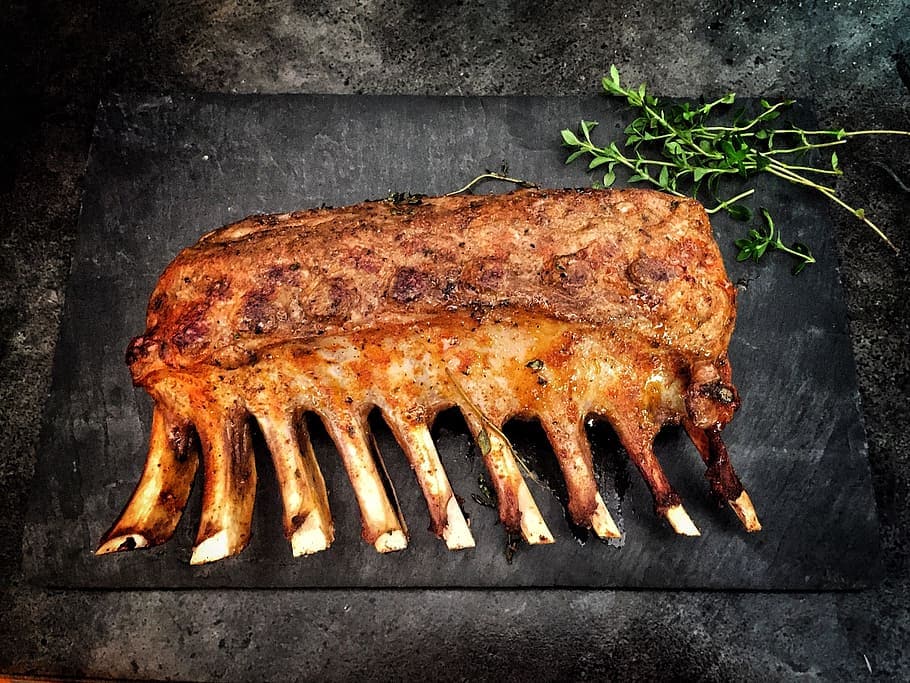
How do I serve my dog lamb bones?
Like all human food, lamb bones are not meant to replace your dog’s diet. All human food, bones included, should make up no more than 10 percent of your dog’s diet at any time. A good-quality dog food should give them the nutrients they need without any of the other risks.
That said, if the health benefits in the previous section convinced you to start throwing your dog some bones, we’re all for it. Just make sure to follow these directions (and seriously, never cook the bones).
Below are a few final guidelines on offering bones to your pup:
- Don’t give your dog bones if they have weak teeth. Raw bones are great for most dogs, but if they already have a painful bite or advanced tooth decay, gnawing will hurt more than help.
- Give your dog no more than two bones a week. This is important so that they don’t become dependent on a food source that wasn’t made for them.
- Don’t force your dog to chew a bone they don’t want. Lamb bones might be healthy, but if your dog refuses to gnaw, respect that they aren’t interested.
Featured Image: Pxfuel

